Premium Only Content
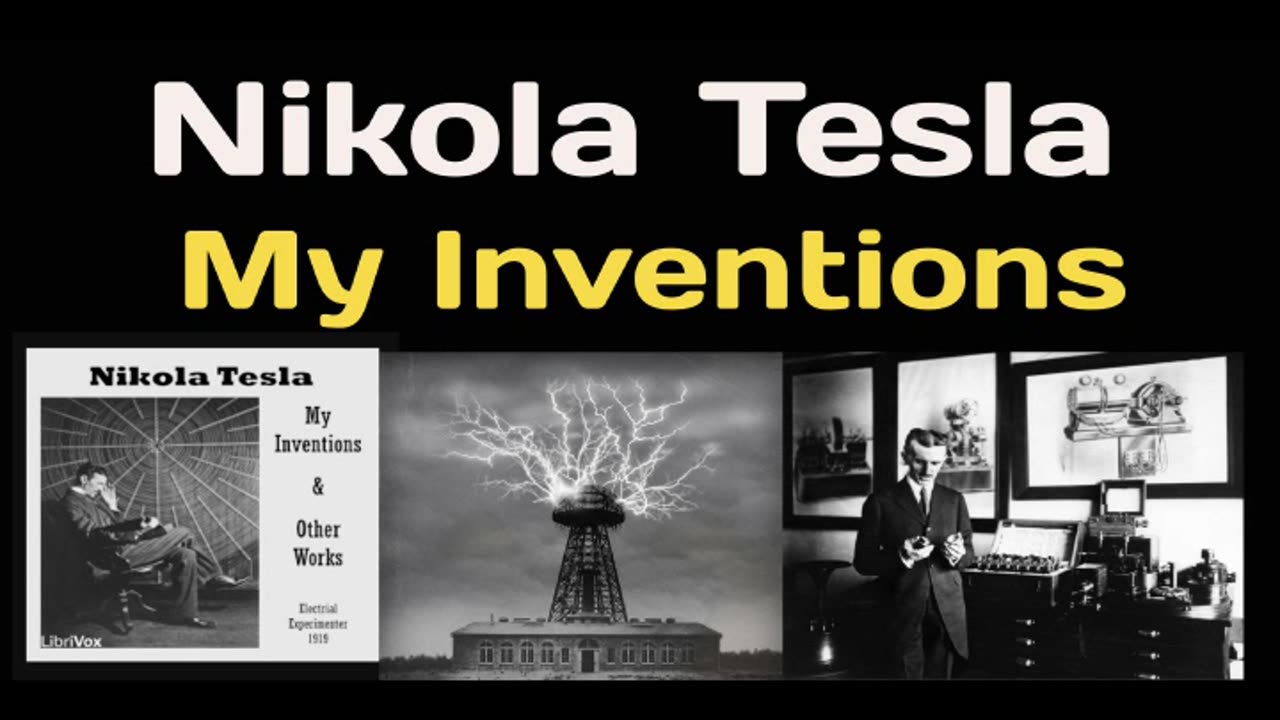
Nikola Tesla - My Inventions (Pt 1) My Early Life
LibriVox recording of My Inventions and Other Works by Nikola Tesla.
Read in English by LibriVox volunteers.
Between February and October 1919, Nikola Tesla submitted many articles to the magazine Electrical Experimenter. The most famous of these works is a six-part series titled My Inventions, which is an autobiographical account of Nikola Tesla's life and his most celebrated discoveries. This work has been compiled and republished as a stand-alone book several times under different names but has been a cause of some controversy due to some versions deviating from the original text without explanation. This LibriVox project returns to the original text and expands upon it through the addition of Nikola Tesla's own supplementary articles as they were published in 1919. (Summary by Kane Mercer)
Nikola Tesla (/ˈtɛslə/; Serbian Cyrillic: Никола Тесла, 10 July [O.S. 28 June] 1856 – 7 January 1943) was a Serbian-American inventor, electrical engineer, mechanical engineer, and futurist best known for his contributions to the design of the modern alternating current (AC) electricity supply system.
Born and raised in the Austrian Empire, Tesla studied engineering and physics in the 1870s without receiving a degree, gaining practical experience in the early 1880s working in telephony and at Continental Edison in the new electric power industry. In 1884 he emigrated to the United States, where he became a naturalized citizen. He worked for a short time at the Edison Machine Works in New York City before he struck out on his own. With the help of partners to finance and market his ideas, Tesla set up laboratories and companies in New York to develop a range of electrical and mechanical devices. His AC induction motor and related polyphase AC patents, licensed by Westinghouse Electric in 1888, earned him a considerable amount of money and became the cornerstone of the polyphase system which that company eventually marketed.
Attempting to develop inventions he could patent and market, Tesla conducted a range of experiments with mechanical oscillators/generators, electrical discharge tubes, and early X-ray imaging. He also built a wirelessly controlled boat, one of the first ever exhibited. Tesla became well known as an inventor and demonstrated his achievements to celebrities and wealthy patrons at his lab and was noted for his showmanship at public lectures. Throughout the 1890s, Tesla pursued his ideas for wireless lighting and worldwide wireless electric power distribution in his high-voltage, high-frequency power experiments in New York and Colorado Springs. In 1893, he made pronouncements on the possibility of wireless communication with his devices. Tesla tried to put these ideas to practical use in his unfinished Wardenclyffe Tower project, an intercontinental wireless communication and power transmitter, but ran out of funding before he could complete it.
After Wardenclyffe, Tesla experimented with a series of inventions in the 1910s and 1920s with varying degrees of success. Having spent most of his money, Tesla lived in a series of New York hotels, leaving behind unpaid bills. He died in New York City in January 1943. Tesla's work fell into relative obscurity following his death, until 1960, when the General Conference on Weights and Measures named the International System of Units (SI) measurement of magnetic flux density the tesla in his honor. There has been a resurgence in popular interest in Tesla since the 1990s.
-
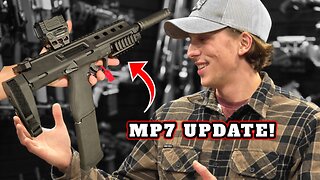 4:56
4:56
Tactical Advisor
1 hour agoPSA X5.7 Update | Shot Show 2025
5.14K3 -
![🔴[LIVE TRADING] Trump Addresses WEF || The MK Show](https://1a-1791.com/video/fwe1/84/s8/1/B/k/0/3/Bk03w.0kob.5-small-LIVE-TRADING-New-Highs-Inco.jpg) LIVE
LIVE
Matt Kohrs
9 hours ago🔴[LIVE TRADING] Trump Addresses WEF || The MK Show
1,499 watching -
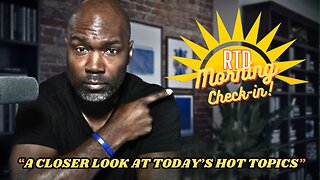 34:27
34:27
Rethinking the Dollar
1 hour agoThursday Morning Check-In: Trump Backlash & DOGE Savings Added To Debt Clock
9.41K1 -
 33:37
33:37
BonginoReport
5 hours agoGen Z Commies Are Plotting Violent Revolution Against Trump (Ep.124) - 01/23/2025
70.8K116 -
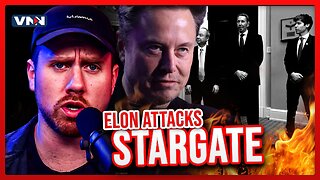 LIVE
LIVE
Vigilant News Network
11 hours agoElon ATTACKS Stargate Project.. Is he RIGHT? | The Daily Dose
760 watching -
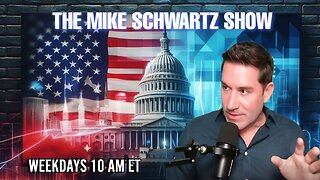 1:05:34
1:05:34
2 MIKES LIVE
3 hours agoTHE MIKE SCHWARTZ SHOW with DR. MICHAEL J SCHWARTZ 01-23-2025
26.3K -
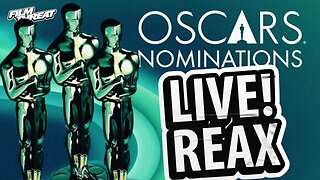 1:31:27
1:31:27
Film Threat
17 hours agoLIVE OSCAR NOMINATIONS 2025 REACTION! HOLLYWOOD ON FIRE? | Academy Awards | Film Threat Awards
35.8K1 -
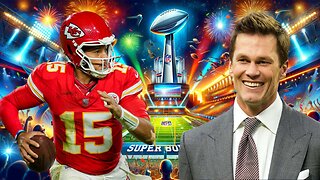 1:23:45
1:23:45
Game On!
15 hours ago $3.90 earnedTom Brady critical of Patrick Mahomes abusing NFL sliding rules!
50.8K5 -
 6:01
6:01
Dr. Nick Zyrowski
1 day agoIs Beef Tallow healthy? Here Is How I Use It...
72.3K24 -
 19:54
19:54
Degenerate Jay
22 hours ago $5.80 earnedThe Decline Of Assassin's Creed's World
60.8K4